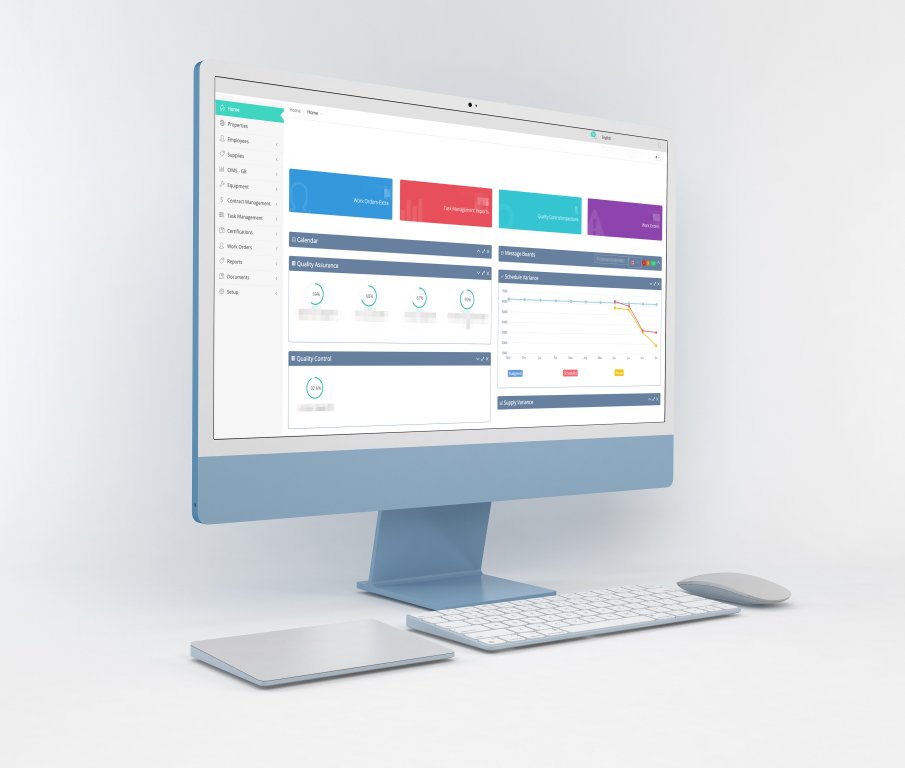Serverless computing has ushered in a new era in web development, offering developers a streamlined approach to building, deploying, and scaling web applications. In this article, we will explore serverless computing in the context of web development, examining its core concepts, benefits, and real-world applications.
Understanding Serverless Computing in Web Development
Serverless computing, often referred to as Function as a Service (FaaS), redefines the traditional web development paradigm. Instead of managing servers and infrastructure, developers focus solely on writing code in the form of functions. These functions are executed in response to events or triggers, such as HTTP requests, database updates, or scheduled tasks. Cloud providers handle all server management, automatic scaling, and maintenance, allowing developers to concentrate on building features and logic.

Key Elements of Serverless Web Development
Stateless Functions: In serverless web development, applications are broken down into small, stateless functions. Each function performs a specific task or handles a particular request, promoting modular and reusable code.
Event-Driven Architecture: Serverless applications are event-driven, meaning functions are executed in response to events or triggers. For example, an HTTP request triggers the execution of a function to handle the request.
Automatic Scaling: Serverless platforms automatically scale the number of function instances in response to increased or decreased demand. This elasticity ensures optimal performance and cost efficiency.
Pay-as-You-Go Pricing: Serverless computing follows a pay-as-you-go pricing model. Developers are only charged for the compute resources used during function execution, eliminating the need for constant server provisioning.
Use Cases for Serverless Web Development
APIs and Microservices: Serverless is well-suited for building APIs and microservices, as each function can represent a single endpoint or service.
Real-time Data Processing: Serverless functions can process real-time data streams, making them ideal for applications requiring data analytics or event processing.
Backend for Web and Mobile Apps: Serverless can serve as the backend for web and mobile applications, handling user authentication, data storage, and server-side logic.
Scheduled Tasks: Serverless functions can be triggered by schedules, making them suitable for running periodic tasks like data backups or report generation.
IoT Applications: Serverless can process data from Internet of Things (IoT) devices, allowing developers to build scalable and responsive IoT solutions.
“Even if we do not talk about 5G (specifically), the security talent in general in the country is very sparse at the moment. We need to get more (security) professionals in the system”
Serverless computing has redefined web development by simplifying infrastructure management, reducing costs, and accelerating development cycles. As organizations increasingly adopt serverless for their web applications, developers can focus on writing code that delivers value to users, ultimately leading to more efficient, scalable, and cost-effective web solutions. Embracing serverless web development is not just a trend but a fundamental shift that promises to shape the future of web application development.





Some leaders consider business and technology objectives interchangeable, allowing one to inform the other. Those that align their information technology systems with their overall business strategy have the best chances of achieving their short- and long-term objectives.